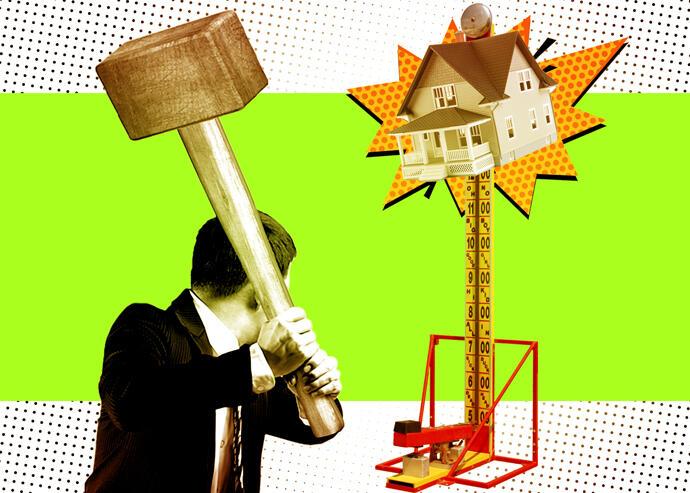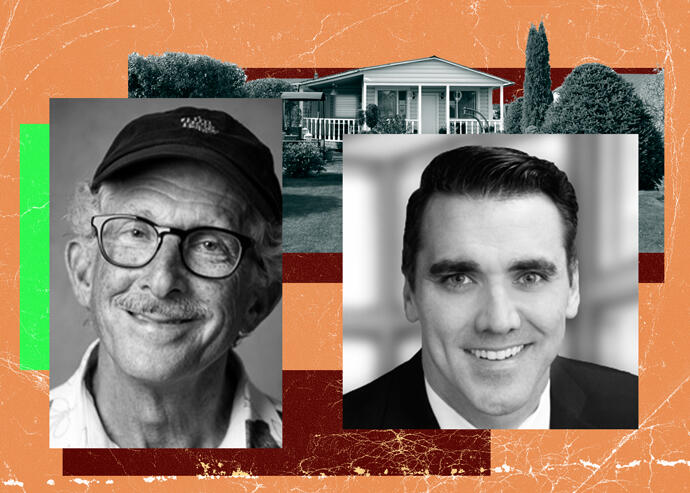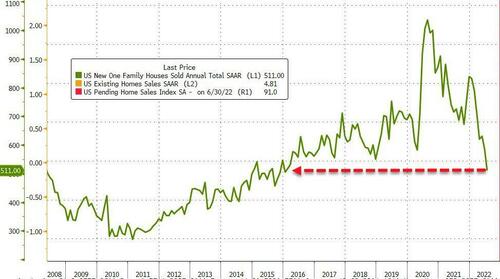A lot has been made recently on both sides of the "Wall Street buying up SFR" argument. One side says that hedge funds still represent less than one percent. But they aren't then only investors. Whether good or bad, there seems little question that the percentage of homes being bought by investors is increasing.

Redfin reports investors accounted for 18.2 percent of home purchases across the United States in the third quarter, a record for the sector. The figure marks a jump from investors’ share of 16.1 percent of home purchases in the second quarter and 11.2 percent of the sales in 2020’s third quarter.
Investors — defined in the report as any institution or business purchasing residential real estate — bought slightly more than 90,000 homes in the third quarter, up a whopping 80.2 percent from the previous year. The quarter counted $63.6 billion spent on homes, almost $5 billion more than in the second quarter.


The investors have also shown a willingness to pay top dollar. Redfin reports investors spent $438,770 on a typical home last quarter, over $120,000 more than the national median home price.
Almost 77 percent of investor home purchases in the third quarter came in all-cash deals.
“With cash-rich investors taking the housing market by storm, many individual homebuyers have found it tough to compete,” stated Redfin Senior Economist Sheharyar Bokhari. “The good news for those buyers is that the housing market has started to cool. Bidding wars are on the decline, and if home-price growth continues to ease, we may see investors slow their roll.”
A record-high 74 percent of investor purchases in the quarter were for single-family homes. Meanwhile, less than 17 percent of purchases were for condos and co-ops, a record low.
Of the 40 metro areas analyzed by Redfin, Atlanta had the highest share of investor purchases, accounting for 32 percent of all sales in the third quarter. Phoenix and Charlotte also had more than 31 percent of all purchases made by investors, while Miami finished with the fifth-largest investor purchase share of 28.1 percent.
On the opposite end of the spectrum, Rhode Island’s Providence had the lowest share of investor purchases last quarter, accounting for 5.4 percent of home purchases.
Other notable metros to see homes snapped up by investors include Chicago (8.5 percent of Q3 purchases), Los Angeles (19.1 percent), New York (12.5 percent) and San Francisco (20.4 percent). New York stands out as one of only two metros to see a year-over-year decline in investor market share, which dropped 0.6 percent — San Jose is the other.

Investors Smash Home Purchase Record in Q3: Redfin
Redfin reports investors’ share of single-family home purchases reached a record 18% of the sector’s total purchases.
therealdeal.com
Investors smash record with 18% of home purchases
90,215 homes in Q3 up 10.1% from previous quarter: Redfin
Amid high home prices and the prospects of high returns, investors are snapping up a bigger piece of the single-family market, according to a new report from Redfin.Redfin reports investors accounted for 18.2 percent of home purchases across the United States in the third quarter, a record for the sector. The figure marks a jump from investors’ share of 16.1 percent of home purchases in the second quarter and 11.2 percent of the sales in 2020’s third quarter.
Investors — defined in the report as any institution or business purchasing residential real estate — bought slightly more than 90,000 homes in the third quarter, up a whopping 80.2 percent from the previous year. The quarter counted $63.6 billion spent on homes, almost $5 billion more than in the second quarter.
The investors have also shown a willingness to pay top dollar. Redfin reports investors spent $438,770 on a typical home last quarter, over $120,000 more than the national median home price.
Almost 77 percent of investor home purchases in the third quarter came in all-cash deals.
“With cash-rich investors taking the housing market by storm, many individual homebuyers have found it tough to compete,” stated Redfin Senior Economist Sheharyar Bokhari. “The good news for those buyers is that the housing market has started to cool. Bidding wars are on the decline, and if home-price growth continues to ease, we may see investors slow their roll.”
A record-high 74 percent of investor purchases in the quarter were for single-family homes. Meanwhile, less than 17 percent of purchases were for condos and co-ops, a record low.
Of the 40 metro areas analyzed by Redfin, Atlanta had the highest share of investor purchases, accounting for 32 percent of all sales in the third quarter. Phoenix and Charlotte also had more than 31 percent of all purchases made by investors, while Miami finished with the fifth-largest investor purchase share of 28.1 percent.
On the opposite end of the spectrum, Rhode Island’s Providence had the lowest share of investor purchases last quarter, accounting for 5.4 percent of home purchases.
Other notable metros to see homes snapped up by investors include Chicago (8.5 percent of Q3 purchases), Los Angeles (19.1 percent), New York (12.5 percent) and San Francisco (20.4 percent). New York stands out as one of only two metros to see a year-over-year decline in investor market share, which dropped 0.6 percent — San Jose is the other.






